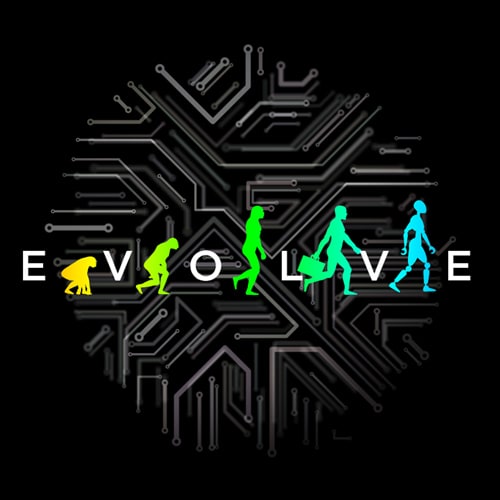Work remotely using the power of the crowd has been saved

Perspectives
Work remotely using the power of the crowd
It's been said that crisis is the mother of invention. This crisis seems to be the mother of adapting, as many businesses adapt to their employees working from home. Most of them find themselves forced to make the most of this way of working, thrust into a future they weren’t prepared for at speeds they weren’t used to operating at.
Working from home is not new. Equally, before the COVID-19 pandemic, it wasn’t commonplace with only 27% of workers in the UK claiming to have worked remotely (Office for National Statistics – Homeworking in the UK labour market1). So who has studied the art of completing work via remote, online communities? Well this is in fact the very definition of crowd.
What is crowdsourcing?
There are now 4.3 billion people connected via the internet and crowd-based platforms allow them to connect to work that needs to be delivered for businesses across the world.
Over the past four years, like many businesses, we have been experimenting with different applications of crowdsourcing. By applying crowdsourcing approaches to ways of working and by using crowd technology platforms to convene crowds, you can continue to deliver the work that needs to get done, albeit in a different way.
What are the different types of crowds you can work with?
Crowds can be internal or external and there are many different types of crowd. Internal crowds are primarily an organisation’s employees. External crowds are those who do not work for your particular organisation, they typically range from citizens and consumers to industry professionals, academics and beyond, providing a range of insight and expertise to augment and complement what’s available inside an organisation.
Where do I start?
If you are new to crowdsourcing, now is the time to tap into it - as you look to respond to and address the challenges you’re currently facing. We recommend the first port of call for those organisations that haven’t experimented or used crowdsourcing before would be to start by creating employee crowds. This could be for a range of purposes. From understanding how the workforce is adapting to remote working challenges, to tapping into employee creativity to generate new business ideas during and post the COVID-19 pandemic. There are lots of ways to use the power of the employee crowd to help businesses respond and prepare for the future.
Looking outside of an organisation, businesses should look to tap into crowds of consumers and clients. For example, organisations could ask what consumers think of their response to COVID-19. Over the next couple of weeks we’re planning to crowdsource insight from consumers around the UK, to find out how their behaviour has changed and is likely to continue to change due to COVID-19 restrictions. The findings will help clients identify anything else they should be doing both in the near term and beyond to better serve their customers.
As businesses start to think about how they will recover and thrive in a post COVID-19 world, they will also need to consider how their future operating model and talent strategy will best incorporate working with internal and external crowds and platforms. This will allow them to have a more flexible business architecture, be more agile and able to more easily adapt to future challenges. In the future it is likely that a proportion of the best talent will want to continue to work remotely and flexibly and now more than ever, organisations have the opportunity to make the changes they need to engage this talent and futureproof their businesses.
Working with crowds requires a new and different way of thinking, a shift in organisational culture and a willingness to experiment. Most importantly it will require a (re-)focus on human skills such as collaboration, communication and creativity - all of which find themselves at the core of crowdsourcing. Organisations who are willing to explore, experiment and engage crowds will find themselves better prepared for a post COVID-19 future.
What can I do next?
- Think big, start small. What are the simplest processes or tasks that you could pilot and experiment using crowdsourcing?
- Find out more
- Get in touch: deloittepixeluk@deloitte.co.uk
_____________________________________________________
1 Office of National Statistics – Homeworking in the UK labour market: https://www.ons.gov.uk/employmentandlabourmarket/peopleinwork/employmentandemployeetypes/datasets/homeworkingintheuklabourmarket





